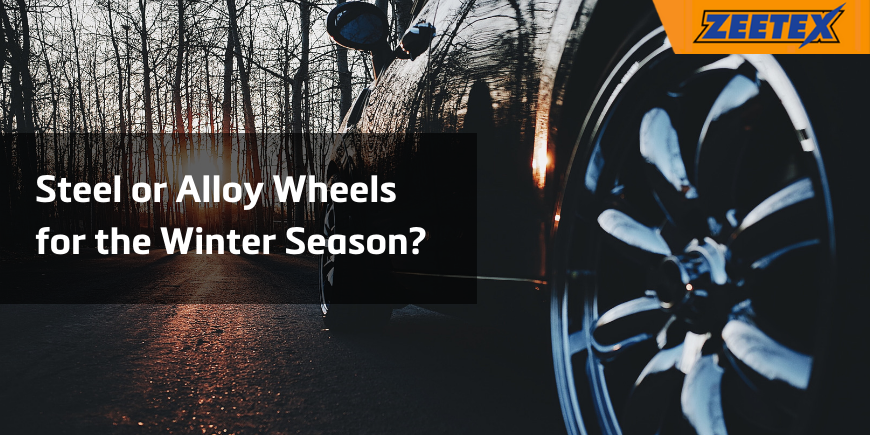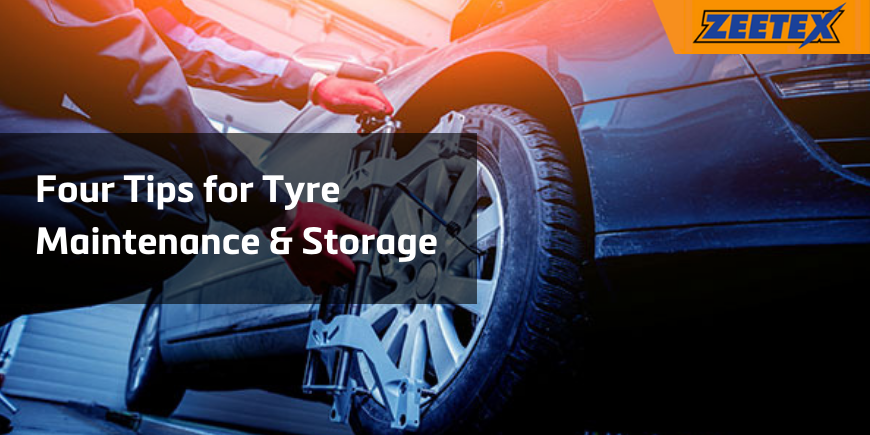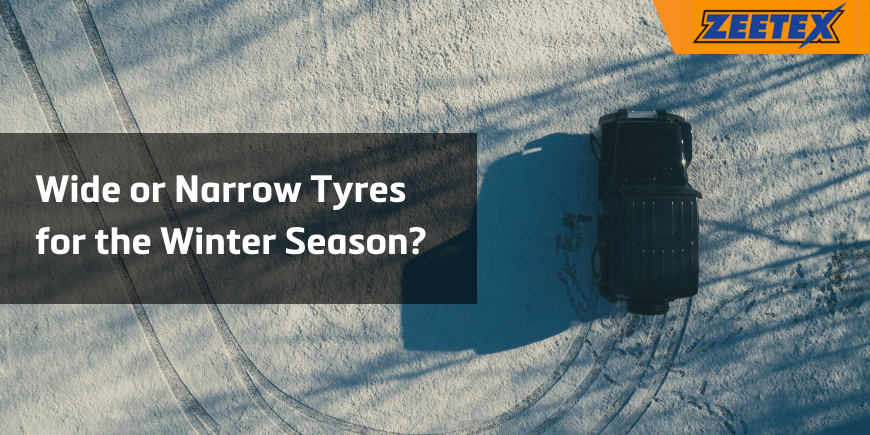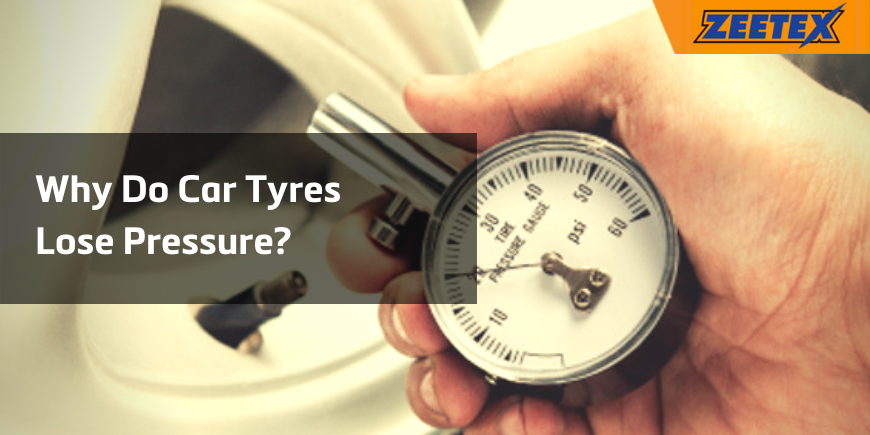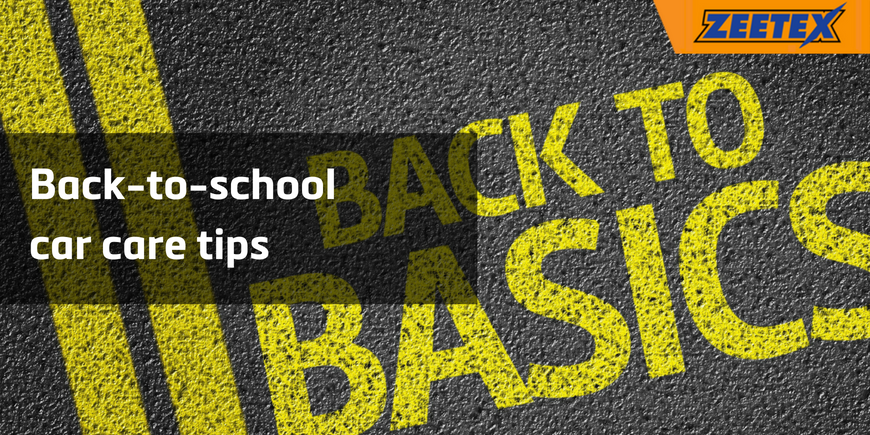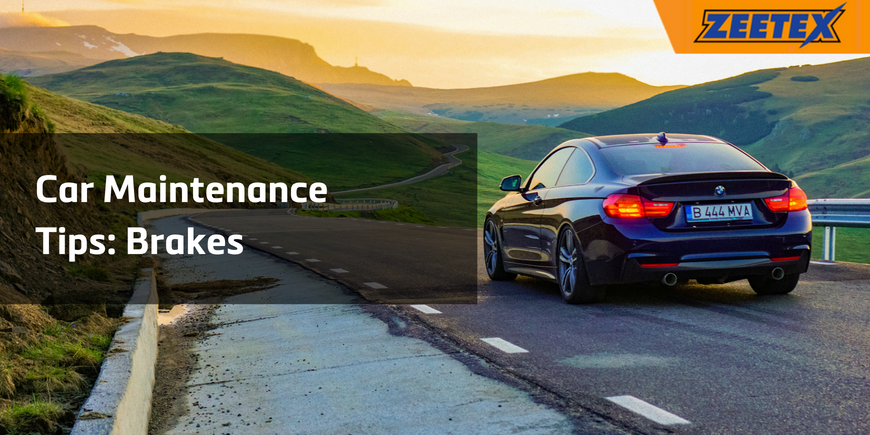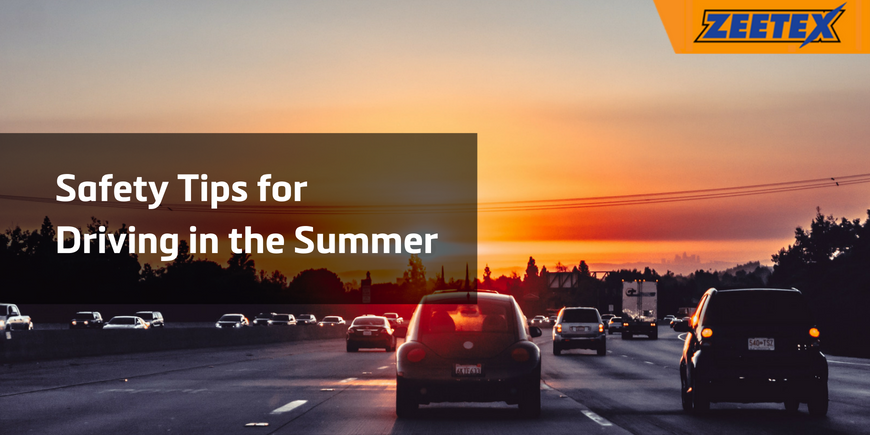According to a recent survey among AA members, 59% of the people interviewed are planning on driving on December 21st, the Friday leading to the Christmas weekend.
Saturday is also expected to be a busy day for motorists with the same research showing how 53% of the interviewed are planning some driving for shopping, visiting family and friends or on their way to sporting events.
Christmas Day is usually one of the quietest days of the year for driving. However, if you are planning some driving before December 25th, make sure you keep an eye and ear out for the latest traffic reports.
Hopefully you won’t need it but just in case here’s the contact details for the major breakdown services in the UK operating over the whole Christmas period. If you’ve not done so already, you should consider taking out breakdown cover:
GEM Motoring Assist – 0330 999 2505
AA – 0800 88 77 66
Green Flag – 0800 051 0636
Britannia Rescue – 0800 929 111
RAC – 0333 2000 999
Besides some some extra tips on the things that you should get for your car this winter, we would also recommend that you pay particular attention to drink driving and driving when you are tired.
With people planning work parties, visiting friends and family and shopping over the Christmas season, it’s best to be more aware about the blood alcohol level allowed. It’s also important to note how getting behind the wheel the morning after a night of drinking is no guarantee that you will be under such a limit.
Drinking is often associated with fatigue and tiredness but the latter alone is also a sign that you don’t really want to drive, especially if this means going on a long trip.
Stats released by the government show how over 20% of car accidents on major roads are actually caused by people driving while tired.
So make sure you get a proper night sleep and if you get caught by tiredness along your journey, pull over to a safe spot like a gas station and have a cup of coffee before setting off again.





